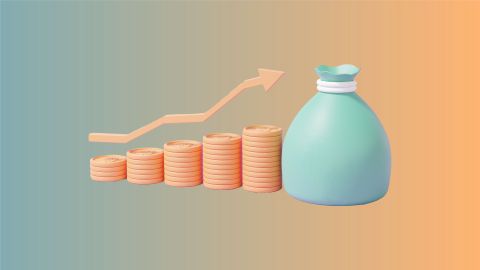What is a collateral loan?
A collateral loan, also known as a secured loan, is a type of loan where the borrower pledges an asset as security for the loan. The collateral can be any valuable asset such as real estate, vehicles, or investments. If the borrower defaults on the loan, the lender has the right to seize the collateral to recover the outstanding loan amount. Collateral loans generally offer lower interest rates and higher borrowing limits compared to non-collateral loans due to the reduced risk for the lender.
What is a non-collateral loan?
A non-collateral loan, also known as an unsecured loan, does not require the borrower to provide any asset as security. These loans are granted based on the borrower’s creditworthiness, income, and repayment capacity. Since there is no collateral involved, non-collateral loans usually come with higher interest rates and lower borrowing limits. Common types of non-collateral loans include personal loans, student loans, and credit card advances.
Key differences between collateral and non-collateral loans
- Requirement:
- Collateral loan: An equity collateral loan requires an asset as security.
- Non-collateral loan: Does not require any asset as security.
- Interest rates:
- Collateral loan: Generally lower due to reduced risk for the lender.
- Non-collateral loan: Higher due to increased risk for the lender.
- Loan amount:
- Collateral loan: Higher borrowing limits.
- Non-collateral loan: Lower borrowing limits.
- Approval process:
- Collateral loan: May have a more extensive approval process due to asset evaluation.
- Non-collateral loan: Usually quicker approval based on creditworthiness.
- Risk:
- Collateral loan: Risk of losing the pledged asset if the borrower defaults.
- Non-collateral loan: No risk of losing assets but may affect credit score adversely if defaulted.
Factors influencing choice between collateral and non-collateral loans
- Purpose of loan:
- Evaluate the reason for borrowing and the urgency of the funds.
- Credit score:
- Consider your credit history and score, which can influence loan approval and interest rates.
- Asset availability:
- Assess whether you have an asset to offer as collateral.
- Loan amount:
- Determine the amount needed and whether it exceeds the limits of non-collateral loans.
- Interest rates:
- Compare the interest rates for both types of loans to determine affordability.
- Repayment capacity:
- Analyse your ability to repay the loan based on your current financial situation.
When to consider a collateral loan?
Collateral loans are suitable in situations where you need a larger loan amount or lower interest rates. They are ideal for purchasing a home, vehicle, or financing significant business investments.
When to consider a non-collateral loan?
Non-collateral loans are appropriate for smaller, urgent financial needs such as medical emergencies, education expenses, or personal projects. They are beneficial when you do not have any assets to pledge or prefer not to risk losing your assets. If you have a good credit score and stable income, non-collateral loans can be quickly approved and disbursed.
Conclusion
Choosing between a collateral and non-collateral loan depends on your financial needs, asset availability, creditworthiness, and risk tolerance. Collateral loans offer lower interest rates and higher borrowing limits but come with the risk of losing the pledged asset. Non-collateral loans provide quick access to funds without risking assets but at higher interest rates and lower loan amounts. Understanding the key differences and evaluating your financial situation can help you make an informed decision between the two types of loans.




